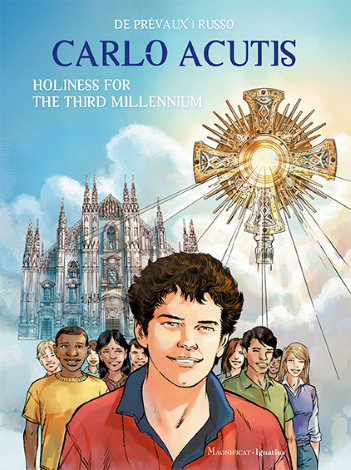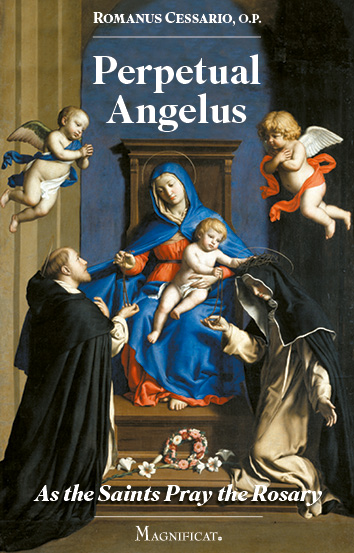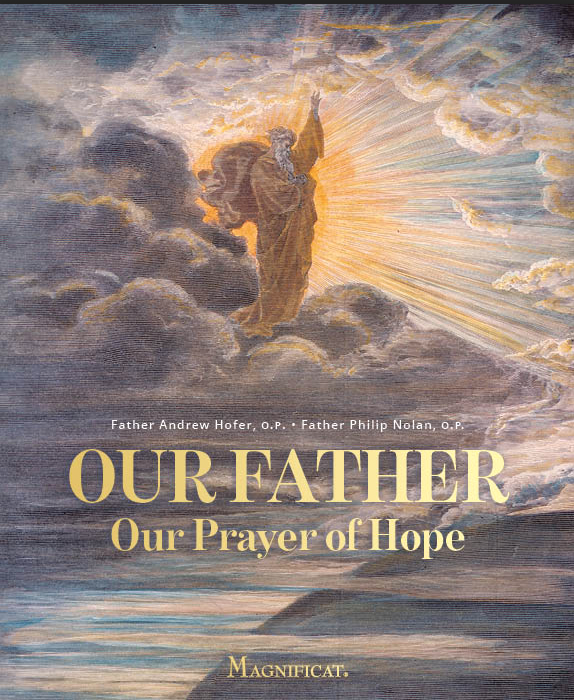Head and Mother
The Lateran is the mother of every church edifice because it was the first Christian basilica in history; it is the head, because Rome, the see of Saint Peter, is the principal local church in the world, and the Lateran is the principal church of the Diocese of Rome. The Lateran, not Saint Peter’s, is the pope’s cathedral, where his cathedra, the chair symbolic of his teaching authority, rests. The Lateran, not the Vatican, is where the popes resided for the first millennium of legalized Christianity.
This is the reason why on November 9 all the members of the daughter churches throughout the world celebrate the feast of the dedication of their Head and Mother. Saint John Lateran is, we can loosely say, the cathedral of the world.
The Church’s faith
The history of the Lateran is, in many ways, the history of the Church as a whole. Over the course of the centuries, the Lateran has been pillaged by vandals, damaged by fire three times, toppled by an earthquake, and neglected by the popes and people sometimes for decades. After every fall on its way of the cross through time, however, the Lateran rose again. It continues to proclaim to the city and the world the Church’s faith, through the words of the popes and five ecumenical councils held there, and through the language of its art and architecture.
The symbolism of the latter is a potent summary of the faith.
- At the top of the center of the façade stands the Risen Christ, demonstrating that to enter the church, we must enter into Christ’s body.
- Directly underneath this statue is the papal loggia, from which the popes address the faithful. The placement is not coincidental: the popes are meant literally to stand-under Christ as his vicar on earth—“he who hears you, hears me”—so that we might better under-stand what the Lord is asking of us.
- Directly above the pillars and the pilasters on the façade are twelve bishops of the early Church famed for their teaching of the faith (called “doctors”), to symbolize that the visible face of the Church is found in the hierarchy of bishops throughout the East and West who teach authoritatively in the name of Christ.
- Each of the huge foundational pillars of the basilica’s interior contains an enormous statue of one of the apostles, to symbolize that the Church is built literally on the foundation of the apostles.
- In the baldachino above the altar, there are busts of Saints Peter and Paul, the founders of the Church of Rome, to indicate that the pope who celebrates Mass on that altar is the living Rock on whom Christ has built his Church and the living Doctor (teacher) of the Gentiles.
- Finally, above the papal cathedra at the apse in the back of the church, there is an ancient mosaic with face of Christ the Savior hovering over his Cross, depicted full of precious jewels. The papal cathedra, the symbol of the teaching authority of the pope, rests therefore directly underneath Christ and his throne—the cross—on which the King of Kings was exalted.
That last mosaic points to the original and true name of the Basilica, which Pope Saint Sylvester dedicated to “Christ the Savior” soon after the emperor Constantine legalized Christianity in 313 and built it—the first Christian basilica—to be the principal church of the bishop and faithful of Rome. When Pope Sergius III rebuilt it after a 9th-century earthquake, he rededicated it to the Savior through the intercession of Saint John the Baptist; Pope Lucius II (1144-1145) added the intercession of Saint John the Evangelist to the dedication. This is how it obtained its present common name, the Archbasilica of Saint John in the Lateran. The feast of its dedication this month is an opportunity for us, in her daughter churches throughout the world, to rededicate ourselves to Christ, the Savior, to whom this church—and the Church universal which it symbolizes—is dedicated!
©Magnificat November 2003










